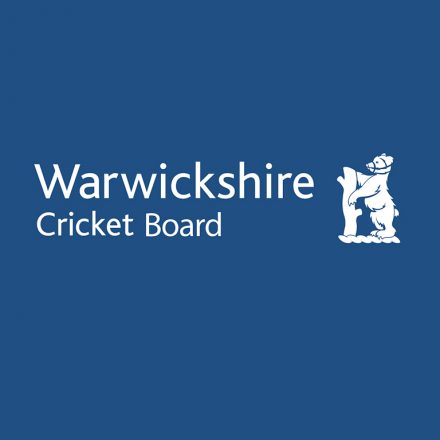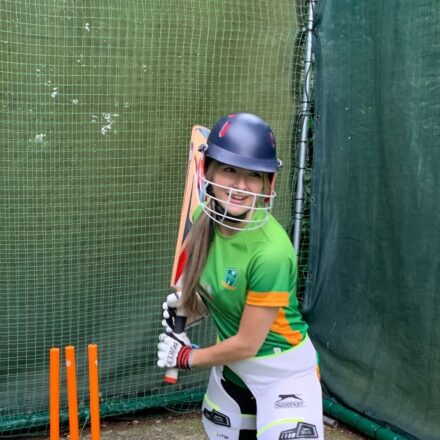I joined Earlswood Cricket Club in 2018, having moved to the Birmingham area in 2016 from my hometown of Peterborough. The first thing that struck me about the club was the number of people involved in both playing and organising at the club who had come through the club’s junior section. It was immediately apparent to me that the club’s history and success of bringing through ‘its own’ was (and remains) a source of huge pride for the club’s members. This stems right back to club officials such as Ken Rae, Andy Massey and Dave Snipe who all hold key management roles in the club, having spent their cricketing lives at Earlswood. The junior section has gone from strength to strength over the last 20 years through individuals including John Snipe, Phil McGovern, Dave Snipe, Mark Dixon and Neil Thorne driving success to the point where many former juniors who came through under their stewardship now play key roles across the club, both on and off the field.
This pride immediately appealed to me, coming from a club in Peterborough where we had a primarily home-grown 1st XI and a thriving junior section. It’s an area which I’ve always been very keen to promote and push forward. Alongside this pride, there was genuine evidence of success at Earlswood: the majority of the players in the adult teams had played junior cricket for the club in at least one age group.

This is something we have been keen to maintain and improve throughout my involvement at administrative level too and have clear objectives for numbers of home-grown players in our annual and five-year plans.
The home-grown emphasis is something that we are also filtering into our coaching. We see a number of benefits for club players of becoming coaches and having an organic coaching structure.
- It gives a route for our young cricketers to develop new skills that can be applied into future employment,
- It’s an opportunity for them to explore careers in cricket, and also
- Provides great experience in interacting with a diverse community.
Alongside that individual benefit, there is also a significant positive for the club. By having club players and former juniors running the club’s junior coaching in particular, they have a clear investment in developing the next generation of ECC cricketers to improve the club as a whole. They can pass on their experience to younger players and offer informed advice.
Finally, and most importantly, this strategy creates a clear pathway for our junior players (and their parents!): they can see the route from the age they are currently to competitive junior cricket, right through to playing senior cricket and coaching the next generation after them. Our current crop of coaches includes at least six qualified coaches who have played junior cricket for ECC across both boys and girls age groups, as well as continuing to play senior cricket at the club. They are fantastic role models for all of our juniors and care passionately about the future of the club.
So, what’s next?
From that positive starting point, we are looking to expand our coaching numbers across more of our club players, particularly to ensure we have more Level 2 qualified coaches. As we do that, we will be able to offer more to our local community as well. We are really keen to build upon the huge success of our All-Stars and Dynamos programmes (we have had over 110 sign-ups across both schemes in 2021) and start offering more cricket-focused opportunities in the local schools. We are also exploring other ways we can contribute to community participation, whether that be through the improvement of our club facilities or hosting and running more coaching opportunities directly to the youngsters around our area. The key to this remains the organic growth of coaches – people with an investment in the success of the plans, who are also able to develop valuable leadership, communication and social skills alongside building their technical and tactical cricket knowledge.
This isn’t just in our coaching. We also have a number of younger players involved in our subcommittee structure, whether that be on the cricket subcommittee (responsible for developing the cricketing aims of the club), the strategy subcommittee (looking at the long-term and more holistic aims of the club) or the social and fundraising committee (responsible for involving new members, attracting sponsors and maintaining the social atmosphere of the club). The key for us is that these individuals progress over the next few years as they are the club’s future – people invested in the success, traditions and development of the club who can take over important committee roles having had the experience of being involved in the administrative side at an early age. That makes the club self-sustaining and, in a difficult environment for cricket and sports clubs generally, it’s such an important factor in the club’s future. We as a club very much want to give back to our members, players and the local community and we feel that the organic structure we have in its infancy can really push forward those individuals to succeed in the future.
Written by Alex Laud, Club Captain and Head of Senior Cricket at Earlswood CC


